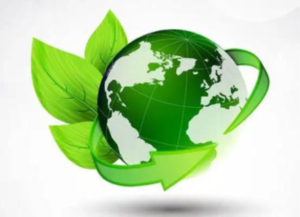The demand for clean welding technology in the automotive and medical industries is growing. Clean and green plastic welding refers to a welding process that does not produce any pollutants or particles. Eliminating pollutants and particles helps improve the strength of plastic welding, enhances appearance, and protects the environment.
In contrast to clean welding, conventional welding techniques such as ultrasonic welding, spin welding, and vibration friction welding generate particles of varying sizes due to friction during the welding process, which limits their application in the medical and automotive industries.
- What are the advantages of clean and green plastic welding technology? Typical clean and green welding processes include infrared welding, infrared preheating vibration friction welding, and HG welding. These processes have the following advantages:
- Non-contact heating ensures no residual mechanical stress in the weld, resulting in higher welding strength.
- No particle pollution. During heating and melting of the weld, there is no friction or impact between the two components, thus no particles are generated.
- It does not cause high-frequency/low-frequency shock damage to internal components and structures.
- Improved appearance.
- Which applications require clean plastic welding technology? Components located below the engine hood often involve sensitive functional equipment and multiple welding operations on a single component. Any particle contamination can lead to performance loss or functional failure.
The electronics, home appliances, and consumer goods industries strive to offer products that are aesthetically pleasing, economical, and durable.
In cleanroom environments, the large-scale production of disposable medical instruments, surgical equipment, diagnostic devices, and other components requires contamination-free clean welding as the preferred choice.Plastic Vibration Welding
